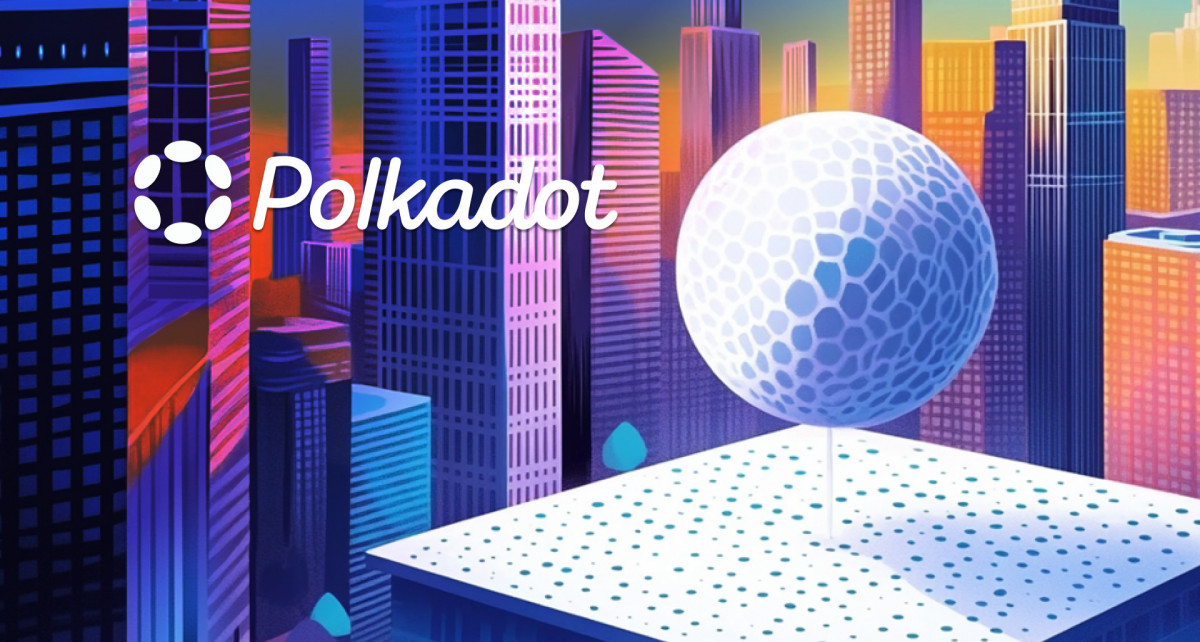Whether we want to admit it or not, centralization remains a significant concern and issue for our industry, facing most major blockchains, even Ethereum.
To combat this, protocols like Rocket Pool and Etherfi have worked to lower the bar for people to join the network as validators. A new protocol, Heroglyphs, approaches this problem differently, turning to speculation to make the solo staker’s role more enticing.
Developed by OGs like 0xMaki, the anon co-founder of Sushiswap, this new system seeks to harness the often overlooked potential of Ethereum’s Graffiti—a small segment of arbitrary data in block headers—to empower a more distributed and robust network of complete validators by providing them the ability to earn, deploy, and lease (yes, lease) tokens.
Ethereum’s Centralization Issue
While Ethereum’s shift to Proof of Stake (PoS) brought many improvements, like energy efficiency, it also ushered in a new era of concerns around centralization.
Namely, the consolidation of validation power in the hands of a few large operators poses significant risks, including greater vulnerability to regulatory pressures (as we’ve seen with block builders and relays) and potential network failures.
This centralization dilutes the foundational decentralized ethos of blockchains, and needs to be guarded against. Here, then, cue in Heroglyphs.
How Heroglyphs Attempts to Solve This
Heroglyphs aims to tackle validator centralization through a feature called Graffiti, which uses a small piece of arbitrary data that validators can include in the blocks they propose.
Through Graffiti, Heroglyphs introduces three key operations: encoding, translating, and leasing, each designed to maximize the potential of this small piece of data within its transactions. Let’s break these pillars down:
- Encoding involves embedding critical operational data into the Ethereum block’s Graffiti like, encoding commands for the creation, emission, transfer, and transformation of assets such as NFTs, memecoins, and beyond. By inserting this data into the Graffiti, the block space becomes a secure and immutable medium for developing tokens and storing detailed transactional instructions.
- Translating follows the encoding, acting as the operational executor within Ethereum. Whether minting new NFTs or processing transactions for memecoins, the translator system ensures that these operations adhere to that token’s outlined parameters encoded in the Graffiti.
- Leasing introduces a strategic and economic layer to the use of Graffiti. In this model, validators or miners assign and pay a regular tax on a value to each Heroglyphs “ticker,” i.e. token. This value determines their operational lease and sets the stage for competition. For example, other validators can outbid each other for leases if they see a ticker as undervalued and want it for themselves. Most revenue from leasing and actions such as minting or transferring tickers in the Heroglyphs network is shared among all complete validators.
All in all, this new platform is a novel and degen-centric approach to decentralizing Ethereum’s network.
The grand vision? Use Graffiti to foster a new meta-system where solo stakers are actively incentivized to participate thanks to making the validator experience more lucrative, engaging, and fun. Now validators have the tools to create and manage tokens all their own, granting the role a new privilege.
If the Heroglyphs mission pans out, then Ethereum will become more robust, and we’ll have a fresh case study in how speculation can be beneficial and provide real value in crypto. In the meantime, this is a protocol to watch around the memecoin and NFT frontier!
Read More: www.bankless.com









 Bitcoin
Bitcoin  Ethereum
Ethereum  Tether
Tether  XRP
XRP  Solana
Solana  USDC
USDC  Dogecoin
Dogecoin  TRON
TRON  Cardano
Cardano  Lido Staked Ether
Lido Staked Ether  Wrapped Bitcoin
Wrapped Bitcoin  Hyperliquid
Hyperliquid  Wrapped stETH
Wrapped stETH  Sui
Sui  Chainlink
Chainlink  Avalanche
Avalanche  Stellar
Stellar  LEO Token
LEO Token  Toncoin
Toncoin  Bitcoin Cash
Bitcoin Cash  Shiba Inu
Shiba Inu  USDS
USDS  Hedera
Hedera  Wrapped eETH
Wrapped eETH  WETH
WETH  Litecoin
Litecoin  Monero
Monero  Polkadot
Polkadot  Binance Bridged USDT (BNB Smart Chain)
Binance Bridged USDT (BNB Smart Chain)  Ethena USDe
Ethena USDe  Bitget Token
Bitget Token  Pepe
Pepe  Pi Network
Pi Network  Coinbase Wrapped BTC
Coinbase Wrapped BTC  WhiteBIT Coin
WhiteBIT Coin  Aave
Aave  Uniswap
Uniswap  Dai
Dai  Ethena Staked USDe
Ethena Staked USDe  Bittensor
Bittensor  Cronos
Cronos  Aptos
Aptos  OKB
OKB  NEAR Protocol
NEAR Protocol  BlackRock USD Institutional Digital Liquidity Fund
BlackRock USD Institutional Digital Liquidity Fund  Jito Staked SOL
Jito Staked SOL  Internet Computer
Internet Computer  Ethereum Classic
Ethereum Classic  Ondo
Ondo